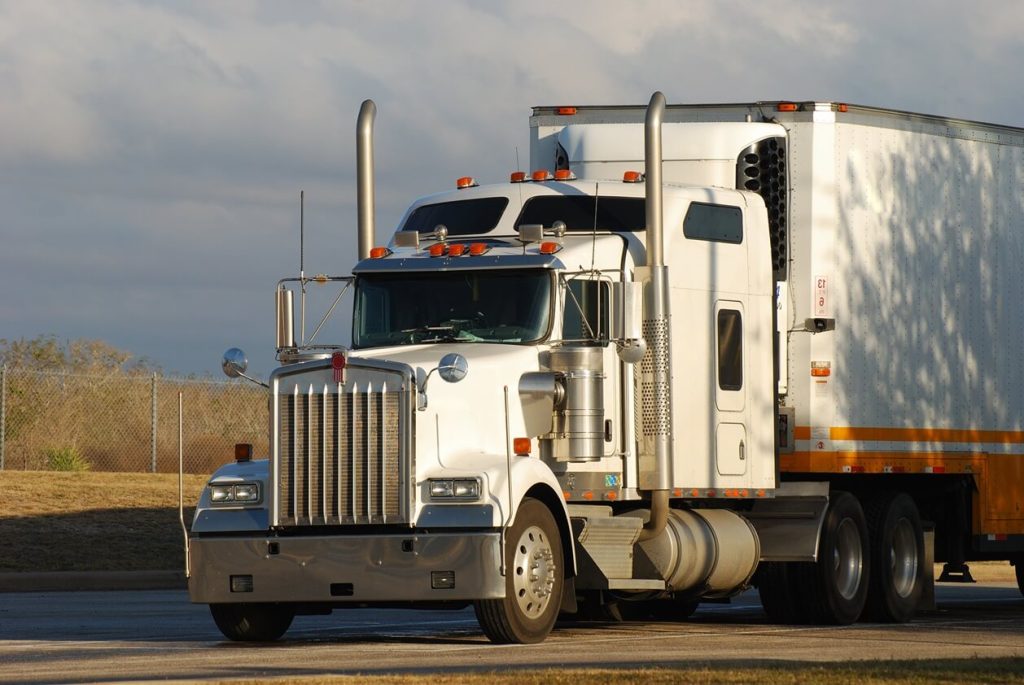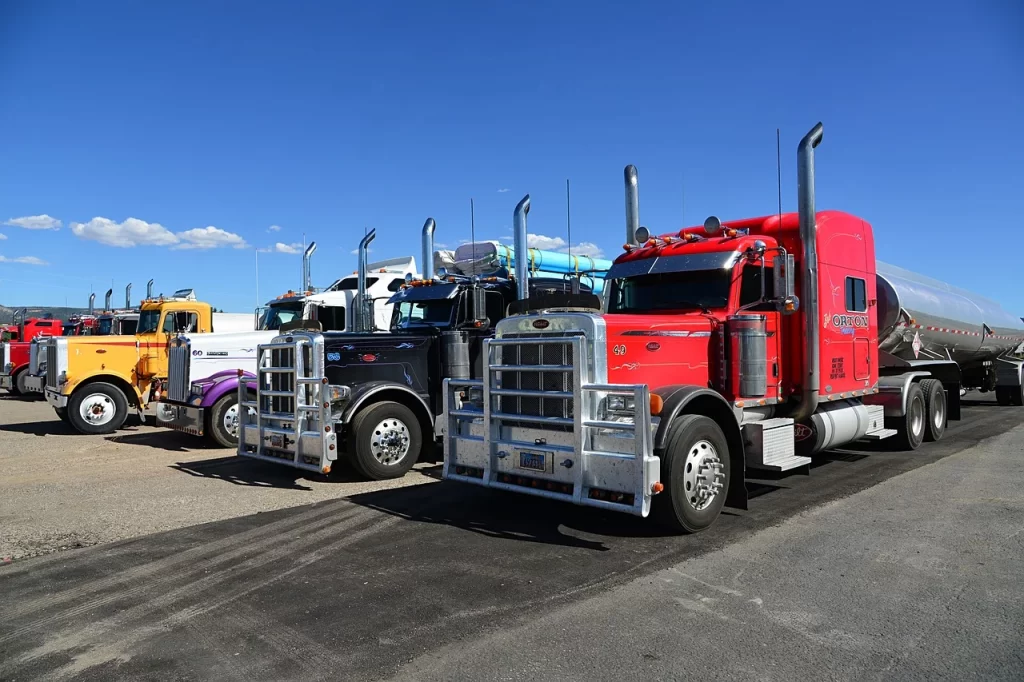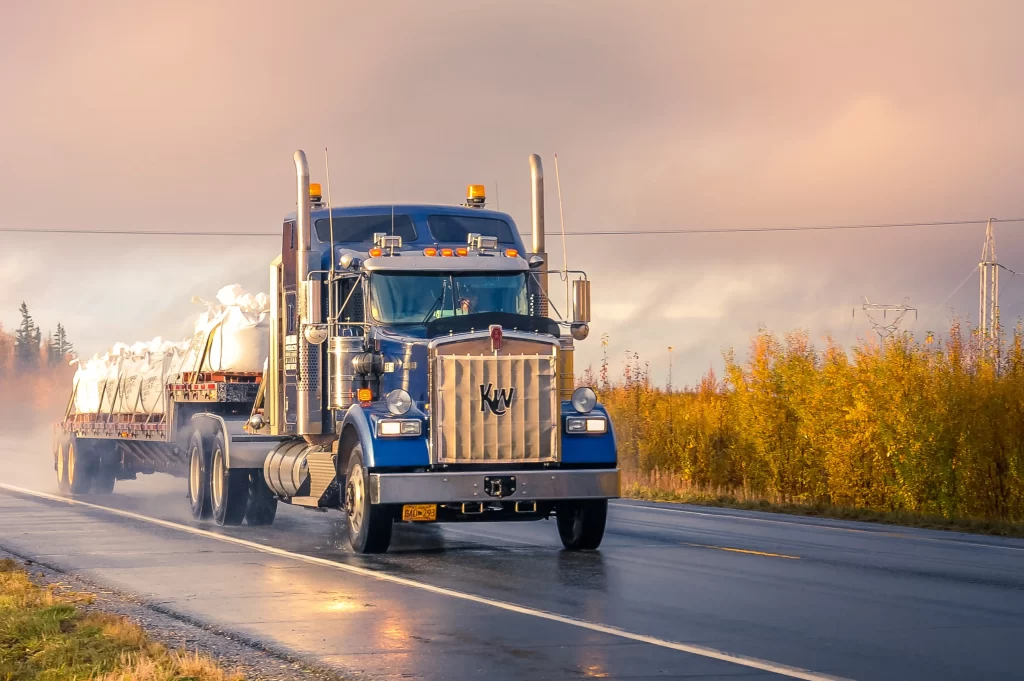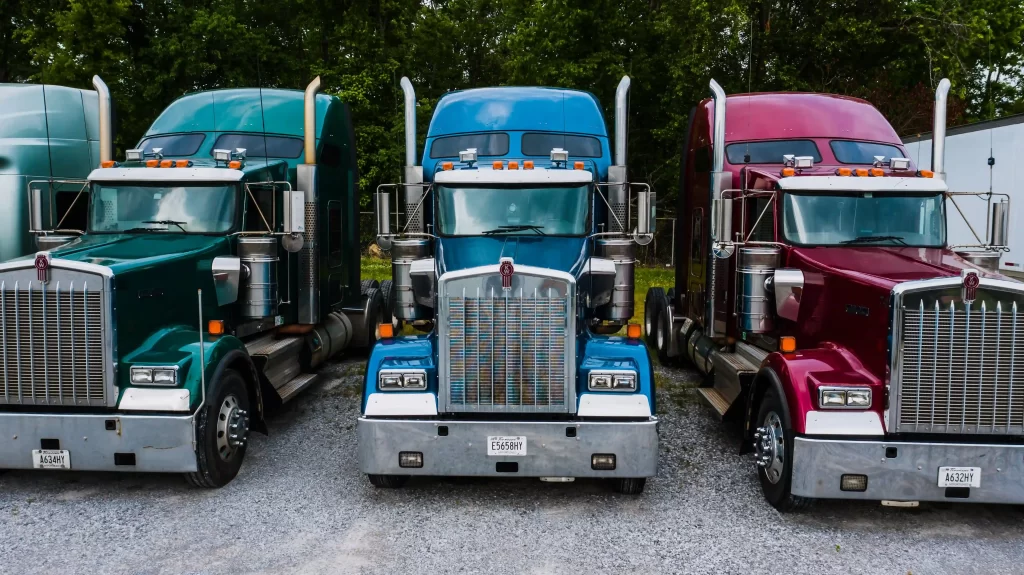
One of the most important aspects of logistics is efficient truck transportation. For this reason, it is necessary to understand the spatial requirements of trucks prior to designing and planning for parking facilities. Besides safety concerns, trucks need spacious areas for their operations to be effective. This blog explores the realm of truck parking and looks at how much space will be enough for a single truck.
Understanding Parking Spot Dimensions For Trucks
The dimensions of the parking spaces are critical in designing facilities for semi-trailer parking and commercial truck parking lots, as they ensure the functionality and safety of the lot. The sizes of these parks have a significant impact on how trucks move about or stop, which makes it necessary to consider the specific width or length requirements of these vehicles.
The first thing to consider is that the parking slot in a commercial truck parking lot must be wide enough. Trucks, such as semi-trailers, need to have enough width to enter and leave their respective slots comfortably. The minimum space needed is 15 feet, which accommodates the measurement of most trucks and trailers, leaving enough distance on each side. This makes it easy to park and also reduces the chances of accidentally hitting other vehicles.
The length of parking spaces is equally significant as their widths for catering to the different sizes of trucks. Various commercial trucks have a variety of lengths, ranging from basic tractor-trailer configurations to long combination vehicles. The length of a parking space ideal for a truck normally ranges between 30 and 40 feet. The range accommodates different sizes of trucks that are usually found in commercial motor freight, therefore ensuring that various trucks have enough space to park and maneuver within a parking area.
Truck Parking Club (TPC) has parking lots that enable efficient truck operation. This is due to the presence of enough space that allows drivers to turn their trucks safely without congesting the parking area. Additionally, it ensures a secure environment for truck drivers as well as other users of such parking lots.
Different Trucks’ Space Requirements
Trucks are the transportation industry workhorses, and they require different spatial considerations in terms of parking and maneuvering, whether in Arkansas or Iowa. One type of truck that is commonly encountered is a semi-trailer, which consists of a truck cab and a trailer meant for carrying goods. In this regard, you should be interested in knowing how much space these semi-trailers need to make good parking facilities.
A typical semi-trailer requires quite a bit of storage space. For purposes of parking and storage provision, the trailer alone should be allocated an area measuring 55 feet long by 14 feet wide, considering its length and width measurements. This space is designed to ensure that no trailers can block other users or pose risks within the parking lot. It also allows for smooth movement and ease of offloading operations.
When accommodating the truck and trailer, a larger space measuring 75 ft by 14 ft should be provided. This takes into consideration the overall length of the truck plus that of the trailer. It provides enough room for parking and nose swinging (maneuvering). The extra length helps align properly with one another on any given plot, thus minimizing damage risk and ensuring safe operation inside the facility.
Further Considerations
Apart from providing sufficient space for trucks, parking facilities must also meet trucker’s requirements. It means setting aside areas where drivers can park their trucks while resting. The lot should also provide conditions for safe and comfortable resting. In addition, drivers need about 100 feet of clearance behind them when they back out of a parking place.
During turning maneuvers, a medium-sized semi-truck making a 180-degree turn requires an outer turning radius of at least 40 feet. This is significant since it promotes smooth vehicle operations and reduces any risks faced during maneuvering.
To Summarize
Understanding the spatial requirements of trucks is essential for designing efficient and safe parking facilities in the logistics industry. By providing adequate space for various types of trucks, considering factors like backing space and turning radius, and accommodating the needs of truck drivers, parking facilities can enhance operational efficiency and safety.
Incorporating these dimensions and requirements ensures that truck parking spaces are optimized for the smooth flow of operations and contributes to a more productive and organized trucking environment. Look for parking lots from TPC to ensure your truck has the space it needs. You can also become a property member and help truck drivers find the best space for their trucks, regardless of size.
The information published herein is for general informational purposes only. Truck Parking Club does not make any representations or warranties about the completeness, reliability, legality, and accuracy of this information. Any reliance placed on such material is strictly at the user’s own risk. Truck Parking Club shall not be responsible for any losses or damages incurred in connection with the information published herein.





